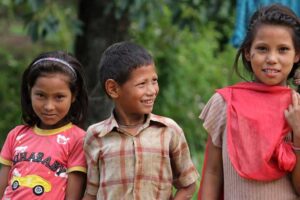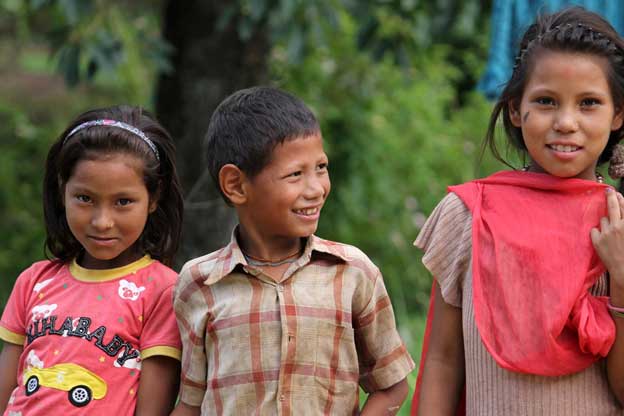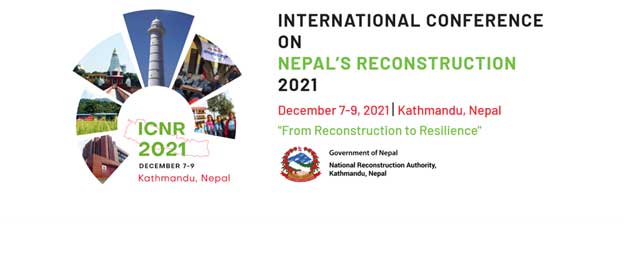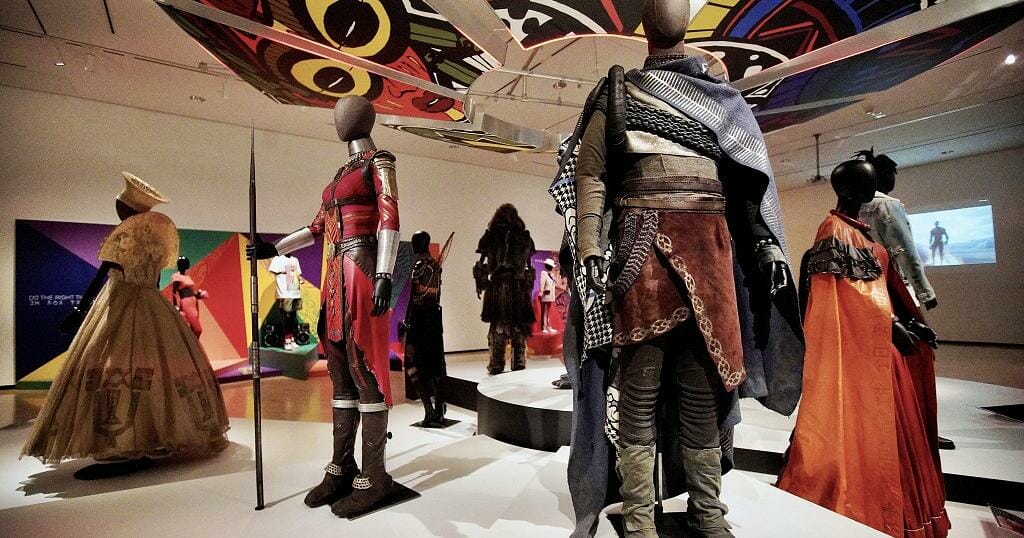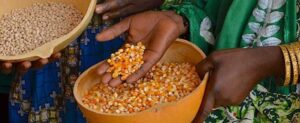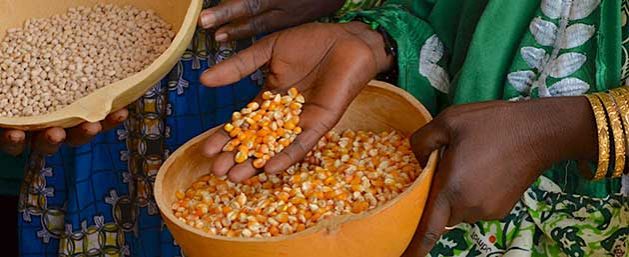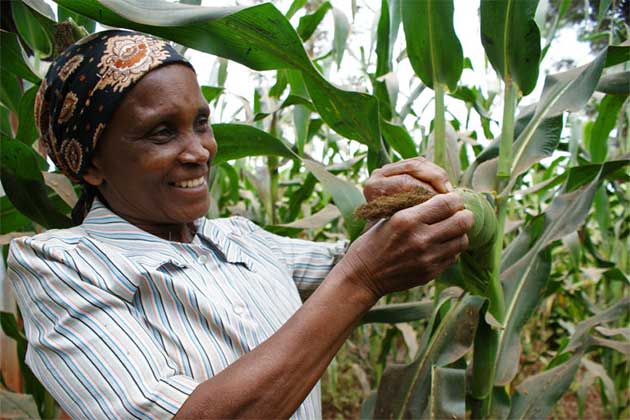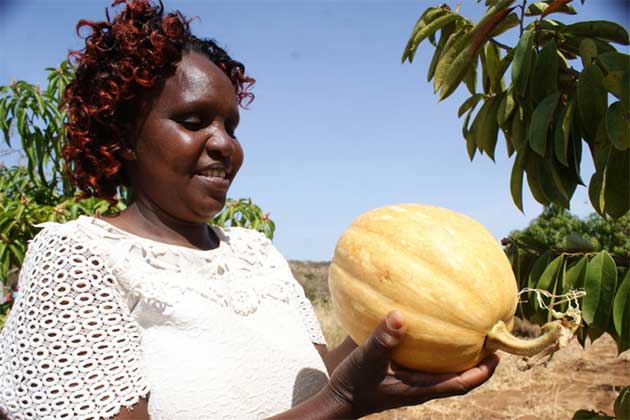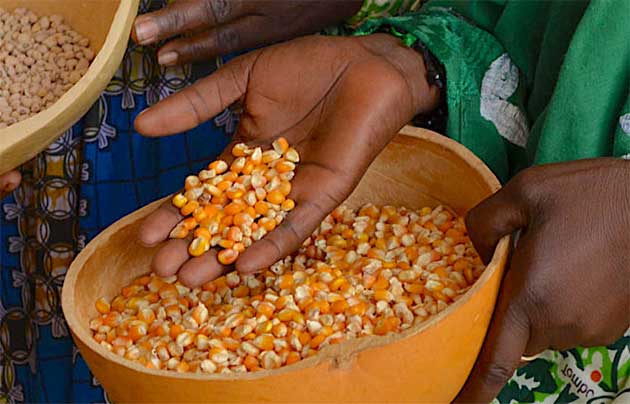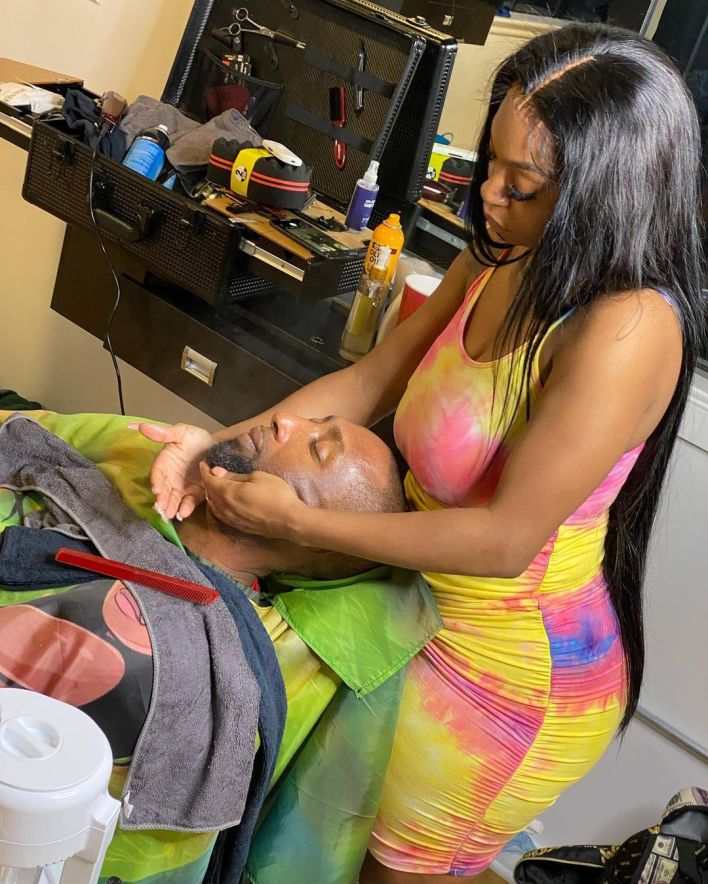
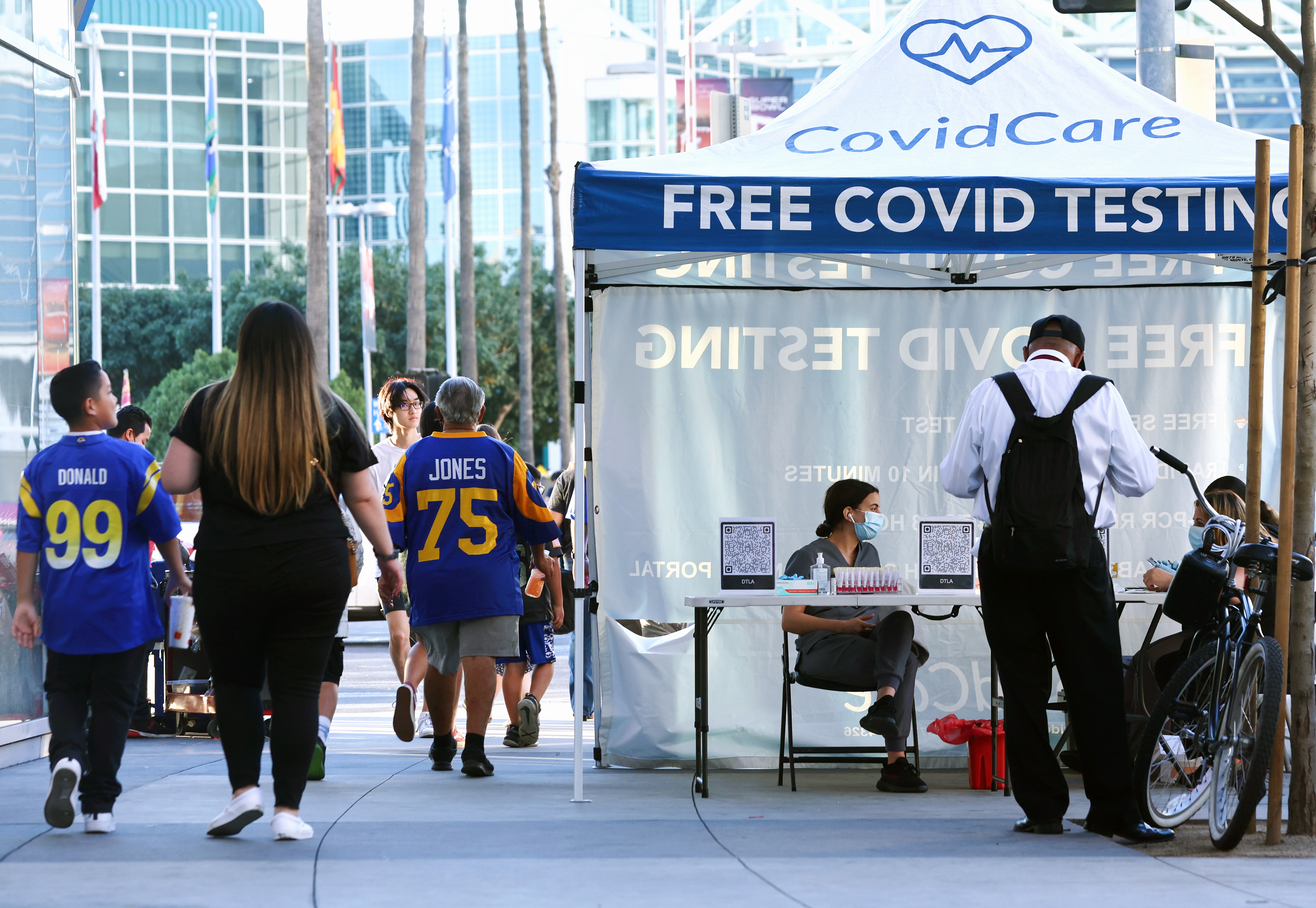
The congressional stalemate threatens to upend the fragile progress that has been made since the early days of the pandemic when the federal government’s decision to make Covid interventions available to everyone free of charge temporarily helped level the playing field in a nation where access to health care is usually tied to employment and income and often correlated with race.
“I’m concerned that we’ll go back to the status quo, which we know carries with it great disparities and suffering,” Rep. Raul Ruiz (D-Calif.), the leader of the Congressional Hispanic Caucus and an emergency physician, told POLITICO. “And the hardest-to-reach communities will be the first to suffer and the most to suffer from the lack of funds.”
While the lack of Covid funding is expected to have an outsize impact on communities of color, low-income white people, particularly those in rural communities where vaccine hesitancy is higher and hospital closures are on the rise, are likely to be hurt as well.
The Biden administration cautioned lawmakers in a meeting last week that without immediate new funding, the federal government will stop reimbursing doctors for testing, vaccinating and treating the uninsured. If a second booster shot is recommended for the general population, the government won’t be able to provide it free of charge. Disease surveillance will also be hampered, they warned, meaning public health workers won’t know about outbreaks or the emergence of new variants before they’re already widespread.
Global health experts additionally fear that congressional inaction will stall the government’s efforts to vaccinate low-income countries around the world, furthering the chances of a new, more dangerous variant emerging.
“It’s quite a long list of very serious issues,” Sen. Jeff Merkley (D-Ore.) said as he emerged from the briefing with top administration officials. Merkley added that a new Covid surge “could very well hit us again, and to fail to be prepared for the next potential wave would be failure of Congress.”
Racial and ethnic gaps have narrowed considerably since the pandemic began. During the initial Covid-19 wave, Black Americans were dying at about three times the rate of white Americans. That gap began to narrow in the summer of 2020 as Covid-19 moved from more urban, densely populated areas into more rural parts of the country. The Covid death rate for white people is now higher than the rates for their Black, Latino and Asian American counterparts, and roughly even to the death rate for American Indian and Alaska Native people, according to the Centers for Disease Control and Prevention.
That’s in part because of the vaccines. Even as people of color are more likely than whites to have housing, transportation and jobs that put them at higher risk of catching Covid, the vaccination gap that existed at the beginning of 2021 is closing, improving outcomes for people of color. Fifty-seven percent of Black Americans have had at least one shot, compared with 62 percent of whites and 64 percent of Hispanics, the Kaiser Family Foundation found.
Public health experts say the government’s early decision to provide free testing for people exposed to the virus and free treatment for those who become ill eventually helped mitigate Covid-19 health disparities by making pricey new drugs and precautionary checkups accessible to many who otherwise couldn’t afford them.
Cutting off funding now for those key Covid-fighting tools threatens to undo two years of progress toward more equitable health outcomes, public health experts warn.
Yet lawmakers remain at an impasse with many Republicans questioning the need for more money and demanding it be paid for with cuts to other programs. Some Democrats refused to approve the money if it came out of pandemic aid to their states, while others warned that the $22.5 billion the White House is requesting will only last a few months before another cash infusion is needed.
An analysis by the nonprofit Surgo Foundation found that Alaska, Florida and Washington, D.C., would see the biggest impact on racial disparities if new Covid funding is not approved given their higher percentages of uninsured, immunocompromised and people of color. But their researchers stress that communities of color in every state are disproportionately vulnerable to a surge in Covid cases, which many fear is looming given the rise in infections in Europe.
In Alabama, for example, Black residents were significantly more likely to die from Covid-19 than the state’s white residents at the beginning of the pandemic. But successful outreach campaigns have so improved vaccine uptake among Black Alabamians that their rates now exceed that of their white counterparts — and white and Black residents in the state are now dying from the virus at roughly equal rates.
Some disparities have narrowed because of the higher rates of vaccine hesitancy and opposition to masking among white conservatives. When the highly contagious Omicron variant spread through those areas, hospitalization and death rates for white people matched those of people of color.
But if the federal government can’t subsidize a potential fourth dose of the vaccine it could be a “disaster” for the state’s uninsured population — nearly half of whom are non-white, though people of color make up just about a third of the population — said Scott Harris, Alabama’s state health officer.
“If a second booster dose is approved soon and there’s no money for booster doses, then we’re just creating just another health disparity on the basis of our funding policy,” Harris said. “That’s just a really sad situation.”
A Kaiser Family Foundation analysis published Friday found that without more funding, the government could be short more than 118 million doses if a new booster is recommended for Americans of all ages. If there is a shortage, experts expect people of color will lose out to those better able to take time off work to hunt for an appointment or travel farther to find a dose.
“When we have a constrained set of resources, as when the vaccines became first available, the people able to get them were the people with the resources and time to navigate the system,” said Samantha Artiga, vice president and director of the Racial Equity and Health Policy Program at the Kaiser Family Foundation.
Over the last year, state and local health officials have worked to convince residents that there was no cost for the shots and have seen their efforts pay off in terms of narrowing disparities. Now those on the front lines fear that work could be undone.
Cheryl Bettigole, Philadelphia’s health commissioner, said Latino residents initially experienced some of the worst outcomes from Covid-19 but now have among the highest immunization rates in the city.
“The fact that we could clearly message that the vaccine is free, that tests are free, the treatment of Covid is free, it has made an immense difference because every time you have to waffle on that, people step back,” Bettigole said. “The fact that we’re having this conversation two months after the Omicron wave basically leveled us is just mind-boggling.”
For those who are at high risk of becoming seriously ill if infected, treatments like monoclonal antibodies may no longer be covered by the government without new funding from Congress, worsening the disparities that plagued their distribution even when they were fully covered. CDC data released in January found that monoclonal antibodies were given to Hispanic patients 58 percent less often than to white patients over the past year, and rates for Black, Asian and other patients similarly lag. Without government funding, a single treatment could cost an uninsured person thousands of dollars.
“That’s something that if you don’t have insurance, I’m not sure how you would even begin to pay for,” said Judith O’Donnell, hospital epidemiologist at Penn Presbyterian Medical Center.
The lack of funding is also threatening the United States’ global vaccination efforts, which public health experts say will worsen already stark global health disparities. More than a dozen low-income countries that are depending on U.S. donations, for example, have vaccination rates below 10 percent, the overwhelming number of them in Africa, including Kenya, Malawi and Cameroon.
State and local health officials say it’s not an “us vs. them” situation, arguing that investing in vaccination abroad is crucial to protecting vulnerable residents at home in the U.S.
“Each time as the wave hits, or just after the wave, there are people saying — and I’m pointing very clearly to the places where we’re not vaccinating the world — ‘We have to do this. We have to do this. If we don’t do this, it’s going to happen again.’ And then it happens again, and somehow we’re surprised,” Bettigole said. “We know exactly what we can do to prepare. We’re just choosing not to.”

